#a. philip randolph
Explore tagged Tumblr posts
Text

President Lyndon B. Johnson Awards the Medal of Freedom to A. Philip Randolph
Collection LBJ-WHPO: White House Photo Office CollectionSeries: Johnson White House Photographs
This color photograph shows President Lyndon Johnson standing behind a podium. He is turned away from the podium and shaking hands with A. Philip Randolph, the prominent African American labor leader. Nearby, General Chester Clifton is holding the medal. Behind the men is a gold colored curtain and an American flag.
46 notes
·
View notes
Text
“Freedom is never given; it is won.” —A. Philip Randolph, civil rights activist
21 notes
·
View notes
Text

A. Philip Randolph was a labor leader and social activist. During World War I, Randolph tried to unionize African American shipyard workers and elevator operators, and co-launched a magazine designed to encourage demand for higher wages. He later founded the Brotherhood of Sleeping Car Porters, which by 1937 would become the first official African American labor union.
In the 1940s, Randolph's abilities as an organizer had grown to such lengths that he became the driving force in ending racial discrimination in government defense factories and desegregating the armed forces, both done via presidential decree. Becoming involved in additional civil rights work, he was a principal organizer of the 1963 March on Washington.
Born Asa Philip Randolph on April 15, 1889 in Crescent City, Florida and died on May 16, 1979 in Manhattan, New York, New York at the age of 90.
#a. philip randolph#love#labor leader#social activist#shipyard#brotherhood of sleeping car porters#trains#labor unions#government#armed forces#march on washington#Florida#new york#martin luther king jr#black lives
8 notes
·
View notes
Text
Look for the enemies of Medicare, of higher minimum wages, of Social Security, of Federal aid to education, and there you will find the enemy of the Negro, the coalition of Dixiecrats and reactionary Republicans that seek to dominate the Congress.
—A. Philip Randolph, speaking at The March on Washington 60 years ago
#prescient#a philip randolph#civil rights#dixiecrats#republicans#march on washington#i have a dream#living wages#social security#education#a. philip randolph
37 notes
·
View notes
Text
Labor Day
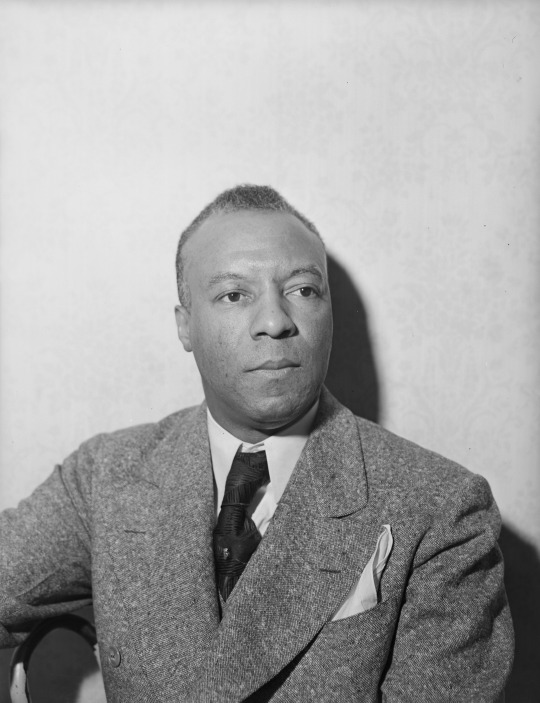
During the war years, Eleanor Roosevelt developed a working relationship with labor leader and civil rights activist A. Philip Randolph (1889-1979). In September 1940, she was instrumental in arranging an Oval Office meeting with FDR for Randolph and Walter White to discuss racial discrimination and segregation in America’s military and defense industries. The following year, she worked with Randolph, Mary McLeod Bethune, Walter White, Pauli Murray, and others on efforts to commute the death sentence of Odell Waller, a Black sharecropper convicted of murder by an all-white jury in Virginia. After the war, Randolph and ER worked together on efforts to establish a permanent Fair Employment Practices Commission, foster other labor and civil rights causes, and support a new generation of leaders in the growing Civil Rights Movement.
Learn more about A. Philip Randolph in our current special exhibition BLACK AMERICANS, CIVIL RIGHTS, AND THE ROOSEVELTS: https://www.fdrlibrary.org/civil-rights-special-exhibit
📷: LOC Photo: https://www.loc.gov/pictures/item/2017840536/
#LaborDay
#labor day#a. philip randolph#eleanor roosevelt#civil rights#labor rights#workers rights#african american history#special exhibtion
31 notes
·
View notes
Text
#ella josephine baker#ella baker#civil rights activist#human rights advocate#grassroots organizing#leadership philosophy#mentorship#student nonviolent coordinating committee (sncc)#w. e. b. du bois#thurgood marshall#a. philip randolph#martin luther king jr.#diane nash#stokely carmichael#bob moses#radical democracy#social justice#racial equality#gender equality#civil rights movement
5 notes
·
View notes
Text
MLK mentor- A Philip Randolph
youtube
0 notes
Photo
A. Philip Randolph helped organize the all-Black Brotherhood of Pullman Car Porters. He also helped organize the March on Washington at which MLK, Jr. spoke

On this day, 11 May 1894, the Pullman railroad strike began in Chicago following the firing of three workers the previous day, called by Eugene Debs’ American Railroad Union (ARU). A month after it began, 400 ARU delegates from around the country met, and in defiance of Debs abd their leadership agreed to boycott all Pullman railroad cars across the country in support of the workers in Chicago. The boycott began on June 26, when switchmen in Chicago refused to switch Pullman cars, and were fired. Their colleagues then walked out in their support. The strike then spread down various railroads until soon all 26 roads out of Chicago were stopped, as were all of the transcontinental lines which carried Pullman cars. At its peak it was the biggest strike in US history to date, involving over 250,000 rail workers across 27 states and territories. That said, the union weakened its base of support by refusing to admit Black members, which enabled employers to hire some Black workers as strikebreakers. Despite this, some Black workers helped strikers blockade train tracks around Chicago. Then the US government intervened, granting an injunction against all strike activities across the country, and brought in federal troops. Thousands of US soldiers joined state militia and deputy marshals paid by the rail companies to attack the workers, shooting dozens. Still, the workers fought back, and workers around the country organised to call a general strike to force Pullman into arbitration. But these efforts were blocked by union leaders and eventually repression broke the strike. This book tells its story, and that of other mass strikes in the US: https://shop.workingclasshistory.com/collections/books/products/strike-jeremy-brecher https://www.facebook.com/workingclasshistory/photos/a.296224173896073/1985510161634124/?type=3
86 notes
·
View notes
Text
"Freedom is never given; it is won."
A. Philip Randolph - (1889-1979) - Politician and Civil Rights Activist
#quoteoftheday#quotes#quotesoftheday#inspirational#life quote#life quotes#quotes of tumblr#a philip randolph#philip randolph#daily quotes#black history#black history month#black history 2025#inspiration#motivational#motivation#mindset#wisdom
20 notes
·
View notes
Text

White House Meeting with civil rights leaders, June 22, 1963.
Collection JFK-WHP: White House Photographs
Series: Abbie Rowe White House Photographs
File Unit: White House Photograph Collection: Abbie Rowe White House Photographs: AR7993B
Image description: About 24 people standing outside the White House. Most of them are men in suits but there is one woman, who is wearing a summer hat. A few people have been identified: Front Row: Martin Luther King, Jr., Robert F. Kennedy, Roy Wilkins, Lyndon Baines Johnson, Walter P. Reuther, Whitney M. Young, A. Philip Randolph. Second Row Second From Left: Rosa Gragg. Top Row Third From Left: James Farmer.
#archivesgov#June 22#1963#1960s#civil rights#Martin Luther King Jr.#Robert F. Kennedy#Roy Wilkins#LBJ#Walter P. Reuther#Whitney M. Young#A. Philip Randolph#Rosa Gragg#James Farmer
58 notes
·
View notes
Text

Baby republicans
#amrev#amrev fandom#thomas jefferson#james madison#james monroe#albert gallatin#aaron burr#robert r. livingston#edmund randolph#philip freneau#democratic republicans
218 notes
·
View notes
Text
youtube
A Philip Randolph For Jobs and Freedom
4 notes
·
View notes
Text
politically speaking there's not really a way around (re-)organizing the private sector. the sort of broad base you need to prevail on big stuff has not been cultivated by the small-is-beautiful approach. you need to be able exert real pressure, and i'm not aware of where you'd get that except from labor. in the short-term that means ensuring that organizing can happen efficiently and effectively--but it's a big lift and will require a lot of effort. consistently. over extended periods of time.
5 notes
·
View notes
Text
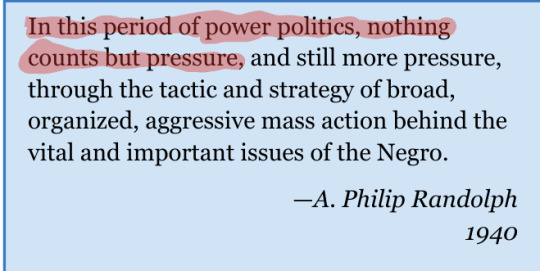
this just feels a little relevant rn.
Edit: alt text credit to the very kind @roamingghost
#sorry the highliting is ass i did it with my mouse pad on my chrome book#but as a white person it feels wrong of me to erase the original context hens why part is highlighted but all of it is there#this was about trying to end segragtion in the armed foruces and other defence industrys but is also a good quote about the power of protes#free palestine#free gaza#palestine#a philip randolph#philip randolf
8 notes
·
View notes
Text
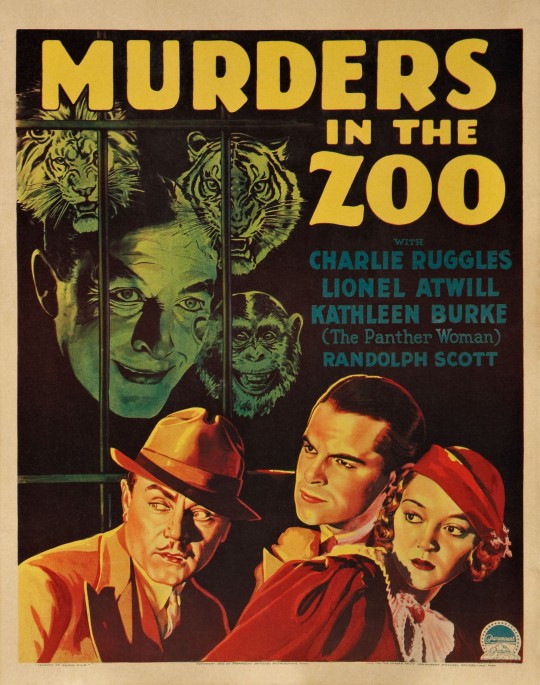

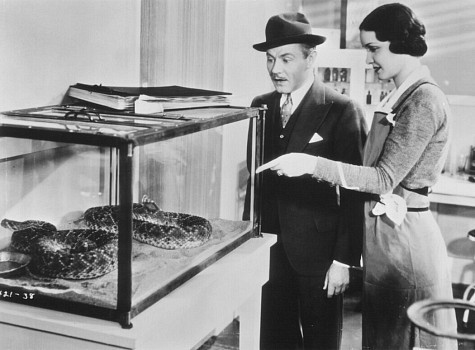
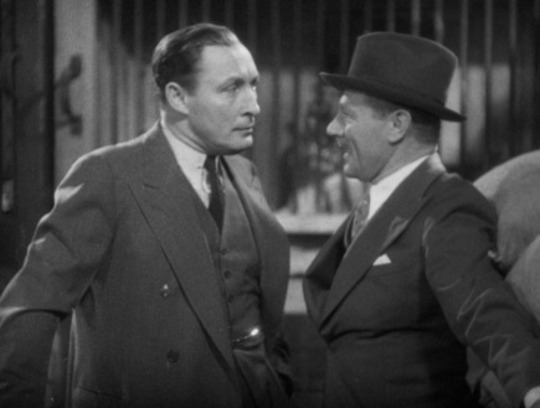
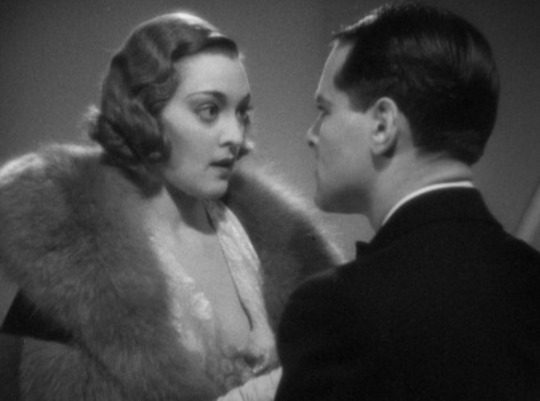

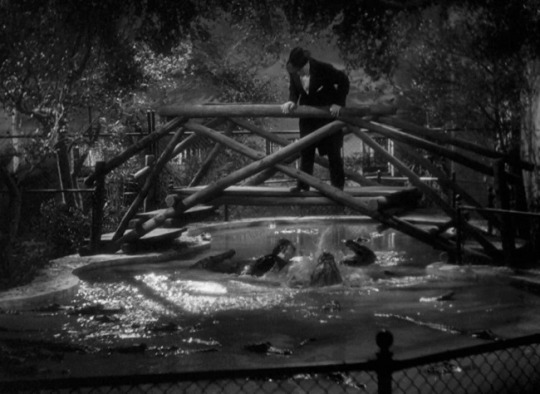
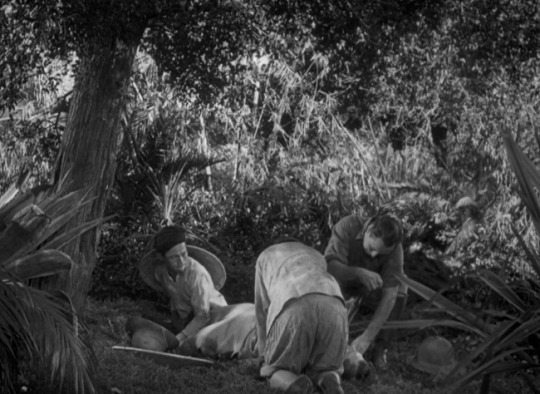
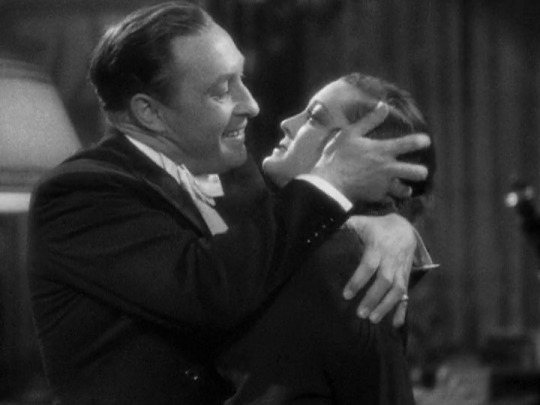
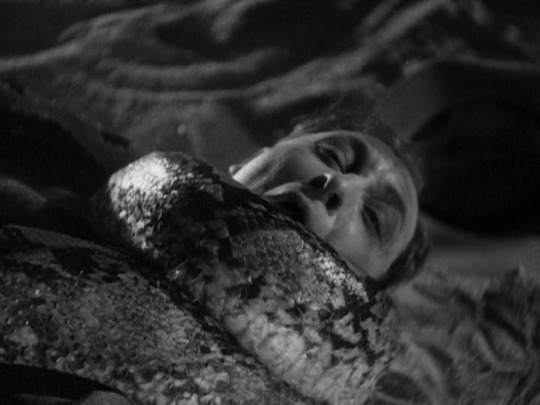
Murders in the Zoo (1933)
"Mr. Yates, never be afraid of a wild animal. Let it alone and it will leave you alone. That's more than you can say of most humans."
"You don't mean to say you really like these beasts?"
"I love them. Their honesty, their simplicity, their primitive emotions: they love, they hate, they kill."
#murders in the zoo#snake#american cinema#pre code film#1933#horror film#a. edward sutherland#philip wylie#seton i. miller#milton herbert gropper#lionel atwill#charles ruggles#gail patrick#randolph scott#john lodge#kathleen burke#harry beresford#edward mcwade#inspired pre code nastiness‚ right out the gate: opens on Atwill sewing shut the mouth of a romantic reveal and leaving him bound in the#jungle for the lions and consistently hits those levels of onscreen horror which wouldn't be seen again for several decades#i mean i wasn't expecting to actually SEE the results of Atwill's grisly surgery‚ nor an unfortunate being devoured by crocodiles but there#they are! Atwill of course is his usual magnetic self‚ managing to give a surprisingly controlled performance despite the largeness of the#part as written. the astonishingly beautiful Kathleen Burke does what she can with an underwritten part (and billed in publicity as the#Panther Women‚ following her star making turn in similarly shocking pre code Island of Lost Souls) but Charlie Ruggles' comic relief takes#quite a bit of goodwill to warm up to (i got there in the end‚ but his character really belongs in a different film entirely)#Randolph Scott's young romantic lead hasn't very much to do but it's nice to see him outside of a cowboy hat for once#my only real reservation is that you know all those animals were probably having a really bad time :(#such is the risk of 90 year old cinema i guess#still this was fun; and contrary to popular belief not a Universal film‚ but a Paramount one (only owned by Universal after they bought a#ton of Paramount's back catalogue)
5 notes
·
View notes
Text
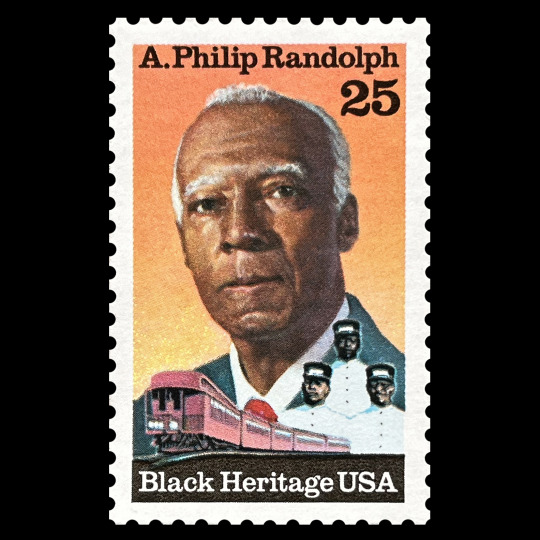
US postage stamp, 1989 “A. Philip Randolph” Black Heritage Scott #2402
Issued: February 3, 1989 - New York City, New York Quantity: 151,675,000 Designer: Thomas Blackshear Printed By: Bureau of Engraving and Printing (Photogravure)
To commemorate Randolph’s 100th birthday and mark the start of Black History Month. Asa Philip Randolph was an American labor unionist and civil rights activist. In 1925, he organized and led the Brotherhood of Sleeping Car Porters, the first successful African-American-led labor union. In the early Civil Rights Movement and the Labor Movement, Randolph was a prominent voice.
#stamp#mail#stamps#stamp collecting#postage#usps#stamp collection#postage stamps#philately#philatelic#a philip randolph#black heritage
2 notes
·
View notes